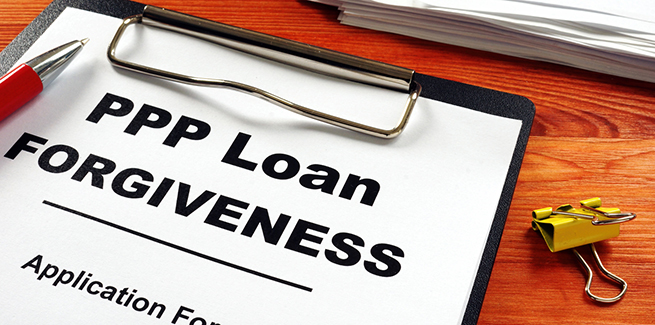PPP update: How it’s changed and what those changes mean for you

With a stroke of the president’s pen, the Paycheck Protection Program Flexibility Act (PPPFA) brought desperately needed reform to well-meaning financial relief measures that have been rocked by confusion, lack of transparency, and monetary shortfalls.
Signed into law by President Trump on June 5, the new bill modifies provisions related to the forgiveness of loans made to small businesses under the original Paycheck Protection Program (PPP) passed by Congress in March as part of the CARES Act. It also provides additional options for small businesses that have taken—or will take—PPP loans. Under the PPPFA, practices still in the process of applying for loans now have until June 30 to gain approval.
NEWStat reached out to Marsha Heinke, DVM, EA, CPA, CVPM, owner of Veterinary Practice Made Perfect, a veterinary consulting and accounting firm, and author of Practice Made Perfect: A Complete Guide to Veterinary Practice Management, Second Edition, for help in understanding how the changes affect veterinarians.
“The original CARES Act and Small Business Administration (SBA) guidance required borrowers to use the funds for specified purposes during the 56-day period (8 weeks) immediately following funding,” Heinke said. “The newly passed PPPFA adjusts the requirements, making it easier for borrowers to use the loan funds appropriately and to gain forgiveness.”
One hundred percent of the loans can be forgiven if those requirements are met.
Here are the other major changes mandated by the bill’s passage:
- The amount of time an employer has to use the loan is now 24 weeks (up from the original 8 weeks)
- Borrowers have until 10 months past the end of that 24-week period to apply for forgiveness
- The amount the employer is required to use on payroll in order to qualify for forgiveness has decreased from 75% to 60%
- Any practices gaining a PPP loan between June 5 and June 30 will have five years to repay any loan proceeds that are not forgiven
- Practices with PPP loans prior to June 5 will continue to have two-year repayment periods unless they’re able to renegotiate terms with their lenders
- The date to rehire staff is delayed until December 31
With the PPPFA easing requirements and the SBA promising to release updated rules and guidance (including a modified loan-forgiveness application), Heinke says that many veterinary practice borrowers might want to wait a few weeks before taking any action to see if new instructions will make the loan-forgiveness application process less painful: “Many [found] the SBA’s PPP loan-forgiveness application to be complicated,” in large part due to the extensive benchmarks that borrowers had to meet.
The main takeaway?
According to Heinke, “Most veterinary practices should be able to attain 100% loan forgiveness,” thanks to the flexibility provided by the PPPFA.
Photo credit: © iStock/designer491



